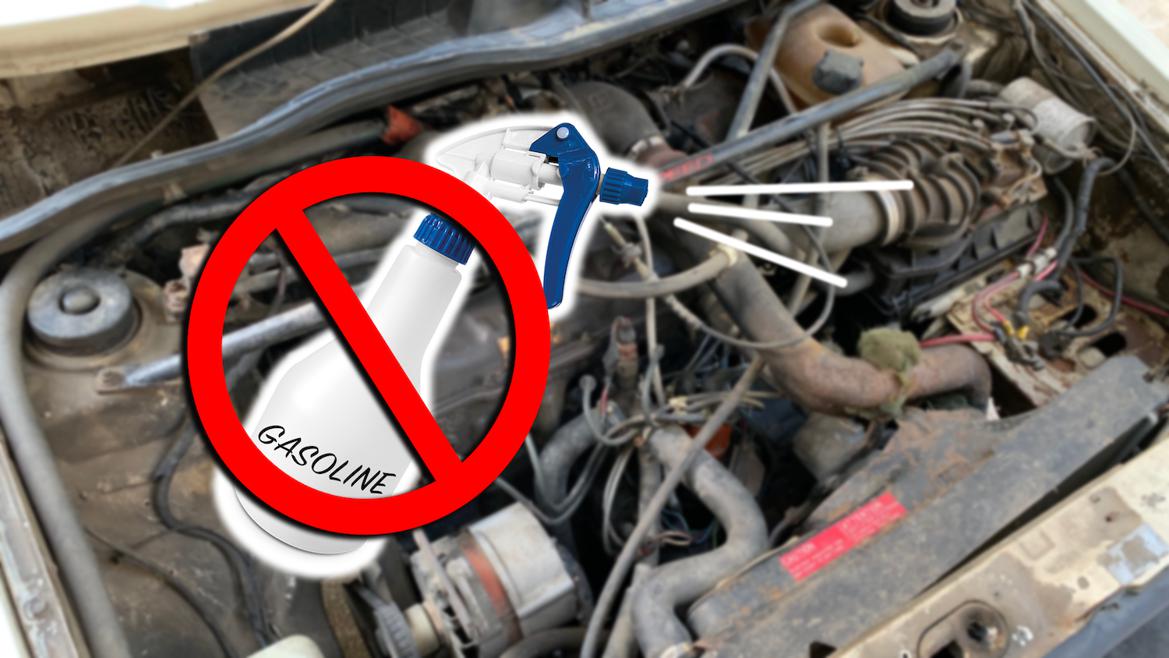• What is race gas?
• Which race fuel is right for you?
• Buying and storing race fuel
• The right fuel in the fall might help your engine start in the spring
• Fuels for storage: good, better, best
• How much octane is enough for my classic?
• 93-octane not enough? Solutions exist.
• Can you blend fuels to get the right mix?
• Tuning for today's oxygenated fuels
• Picking the proper gas
• How to choose a quality gas station
• Why is there ethanol in our gasoline?
• Understanding additives | Fuel Facts
• Why not avgas in your car?
• Water is great for your plants, not so much for your fuel system
• Gasoline makes a terrific degreaser, yet this practice can kill you
• Are high-octane fuels more stable?
• Ideal fuels for wintertime storage
• What ever happened to leaded gasoline?
• Homebrewed, non-ethanol fuel: A potentially deadly DIY
























